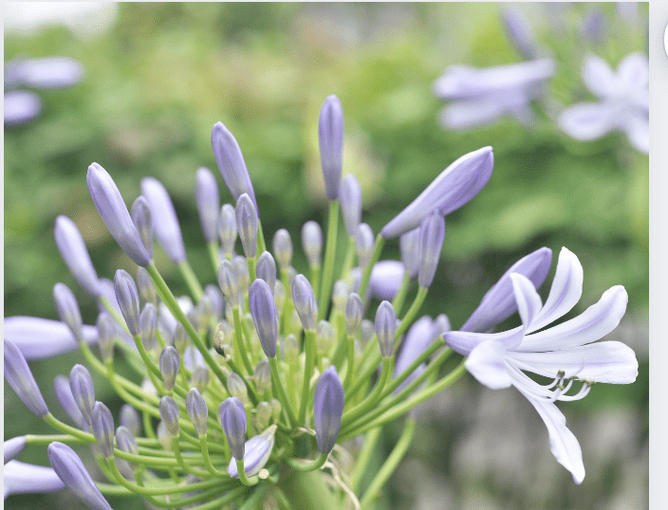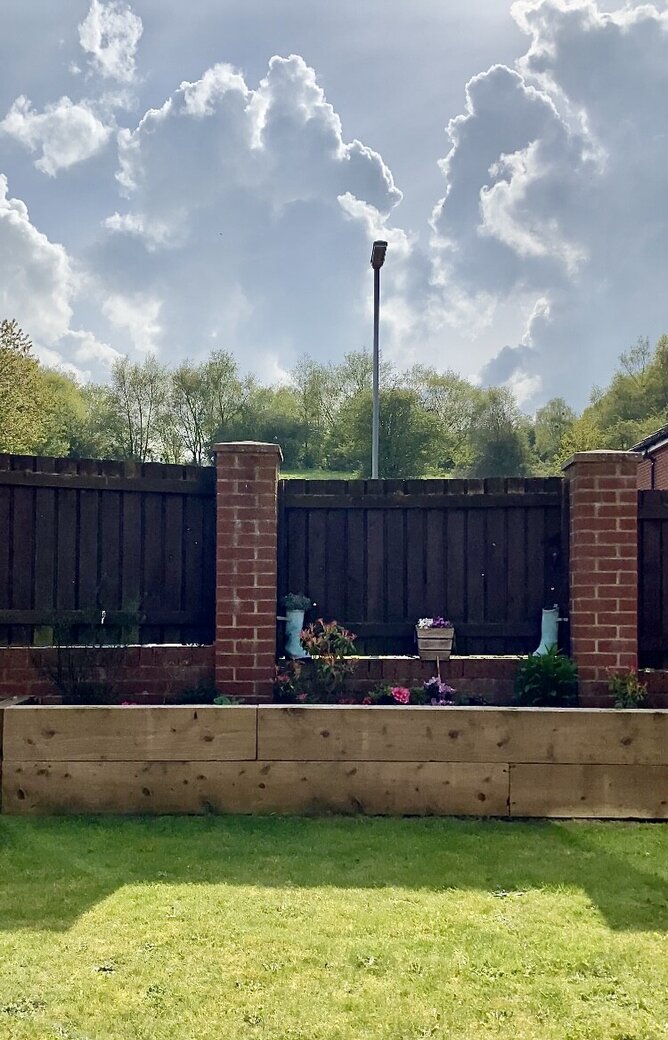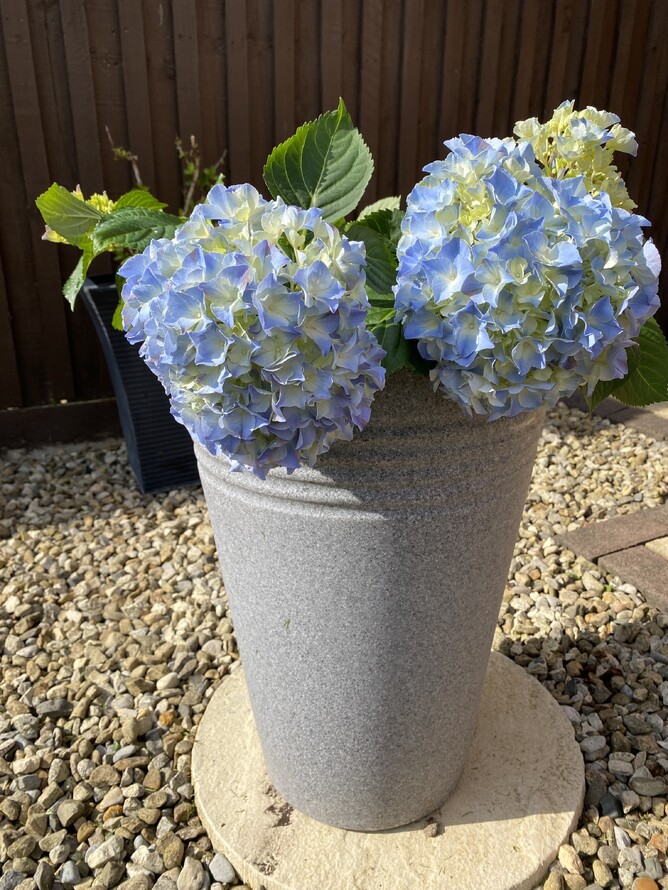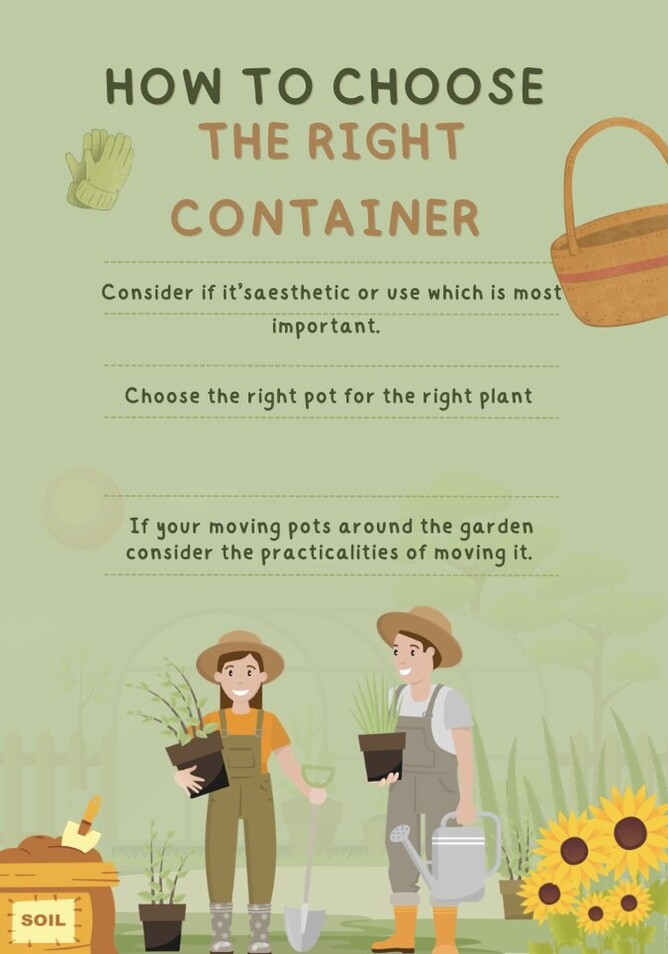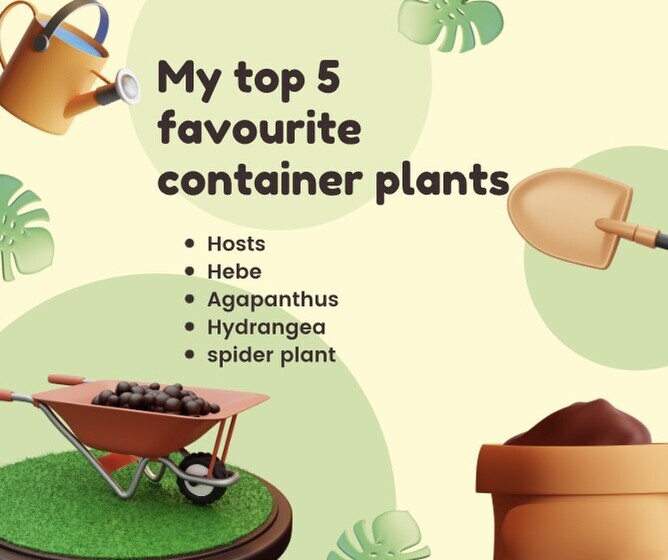Container planting for beginners.
It's no secret that I am no Monty Don but I want to share with you how I garden using containers without the costly mistakes that I have made in the past.
I have limited space in my garden, with a lawn in the centre and stones around the edge and a raised bed at the back of the garden. I have found container gardening perfect for my situation. This form of gardening is particularly advantageous for those with limited space or who are uncertain about their gardening skills like me, as any mistakes can be contained to that single container.
When preparing my containers, I follow a specific process. Firstly, I ensure proper drainage by placing pebbles at the bottom of the container. This step was learned through experience, as insufficient drainage can lead to plant health issues.
Next, I feel the container with good quality soil that has adequate drainage and shows signs of work activity indicating its fertility.
Finally I had a layer of compost, which can be created form materials such as lawn clippings and autumn leaves. I also incorporate coffee grounds into the compost, although it's worth noting that some plants like Rosemary, lavender and asparagus may not tolerate it well.
It is crucial to research and understand the specific sunlight, water and space requirements for each plant. For example, if a particular area of your garden receives full sun but you have chosen an azalea plant that thrives in partial sunlight, it would be wise to find another suitable spot. Additionally, it is essential to consider the growth rate of plants are some may take several years to reach the optimum height. This knowledge can help you strategically place fast-growing shrubs to conceal or enhance specific areas of your garden. As you can see I've used a larger pot for this Hydrangea as their roots are aggressive and can quickly fill smaller pots. they need to be watered twice a week in summer but can tolerate full sun.
Container gardening offers a wide range of options in terms of container types, each with its own advantages and considerations they can vary in shape and size. While ceramic, clay and terracotta containers may offer aesthetic appeal, many gardeners prefer using plastic pots due to their lighter weight and ability to retain moisture more effectively. However, the choice of material ultimately depends on personal preference and specific gardener needs. Additionally, creative alternatives such as wooden containers or repurposed items such as old wellies which I have used can add a touch of uniqueness and enjoyment to the gardening experience.
Why choose container gardening?
The advantage of container gardening is the mobility it provides. Personally, I have his physical limitations due to back surgery and ongoing back problems making it challenging to bend down to ground level. To overcome this obstacle, I have incorporated raised beds and containers into my gardening setup, allowing for more accessible and comfortable maintenance.
Overall container gardening is a practical and rewarding method for maximizing a limited garden space by carefully selecting plants, providing proper soil preparation and considering individual current requirements, you can create a beautiful garden regardless of space constraints or physical limitations.
